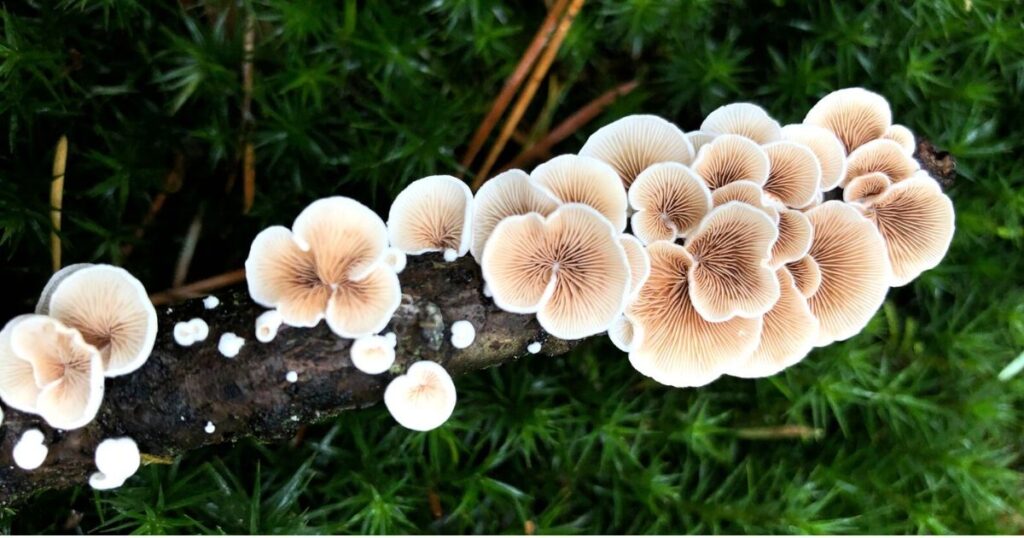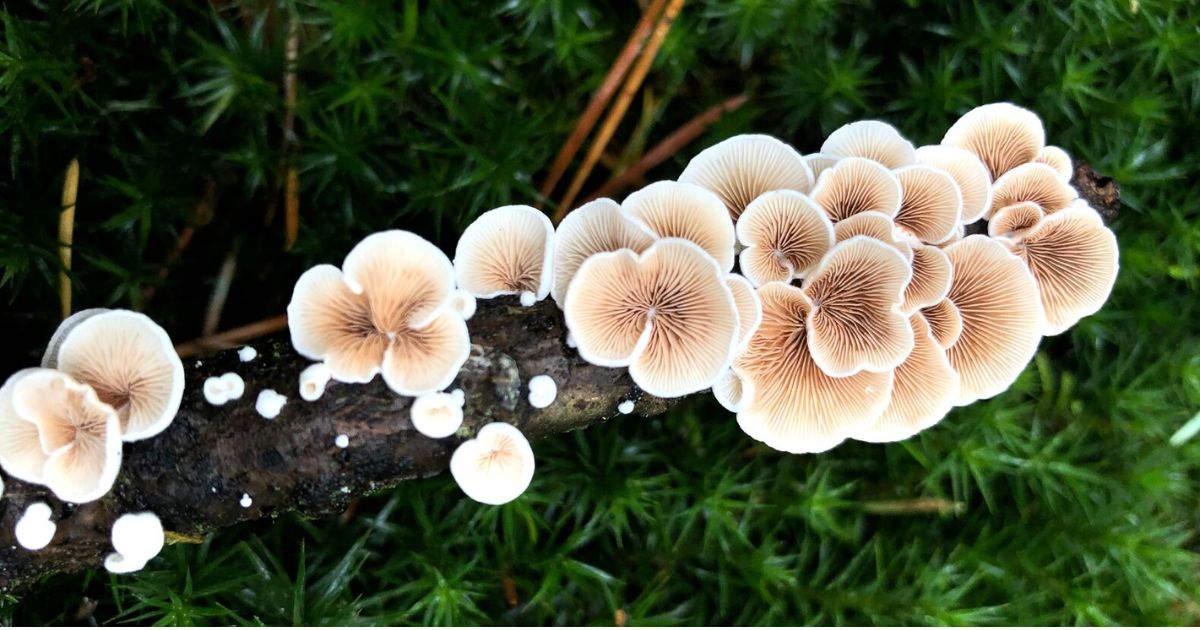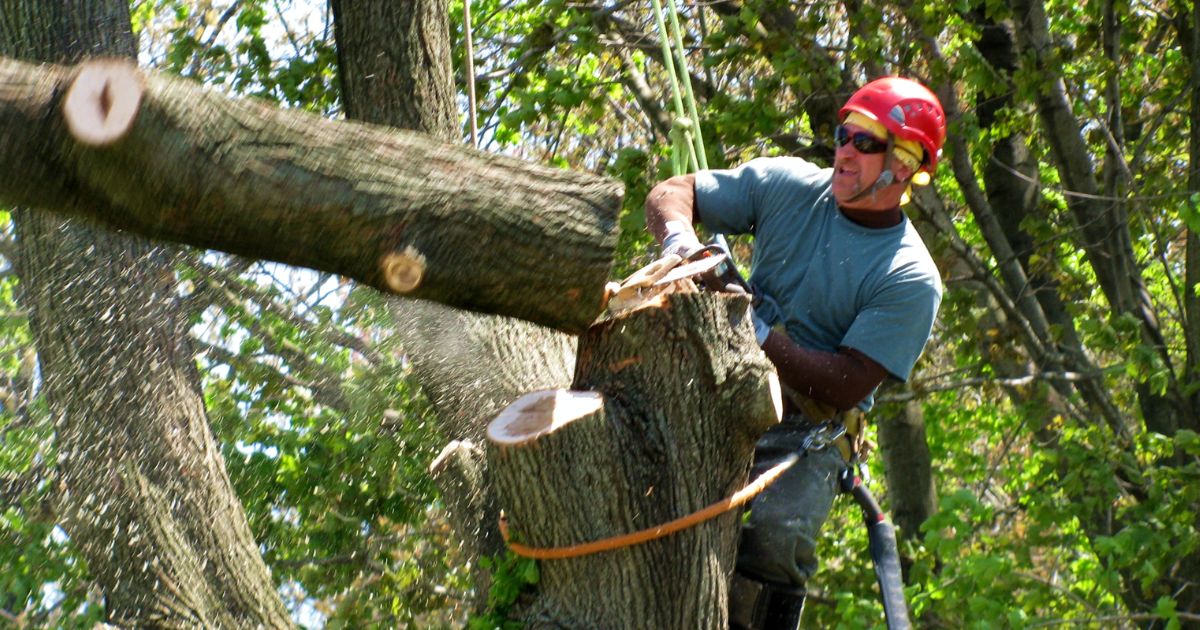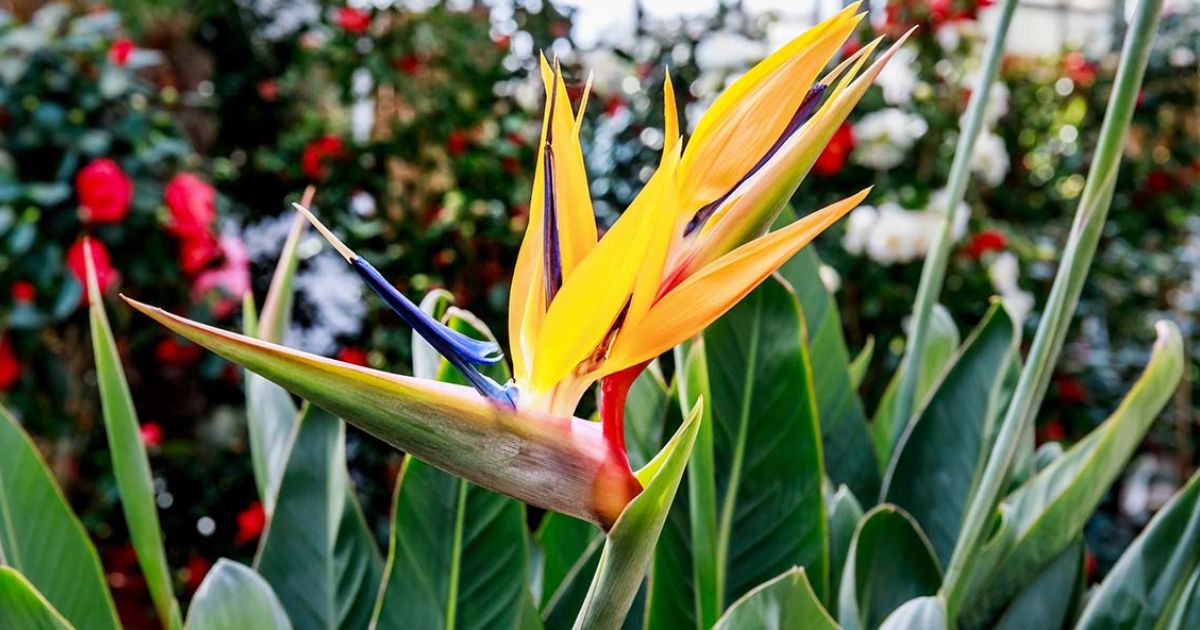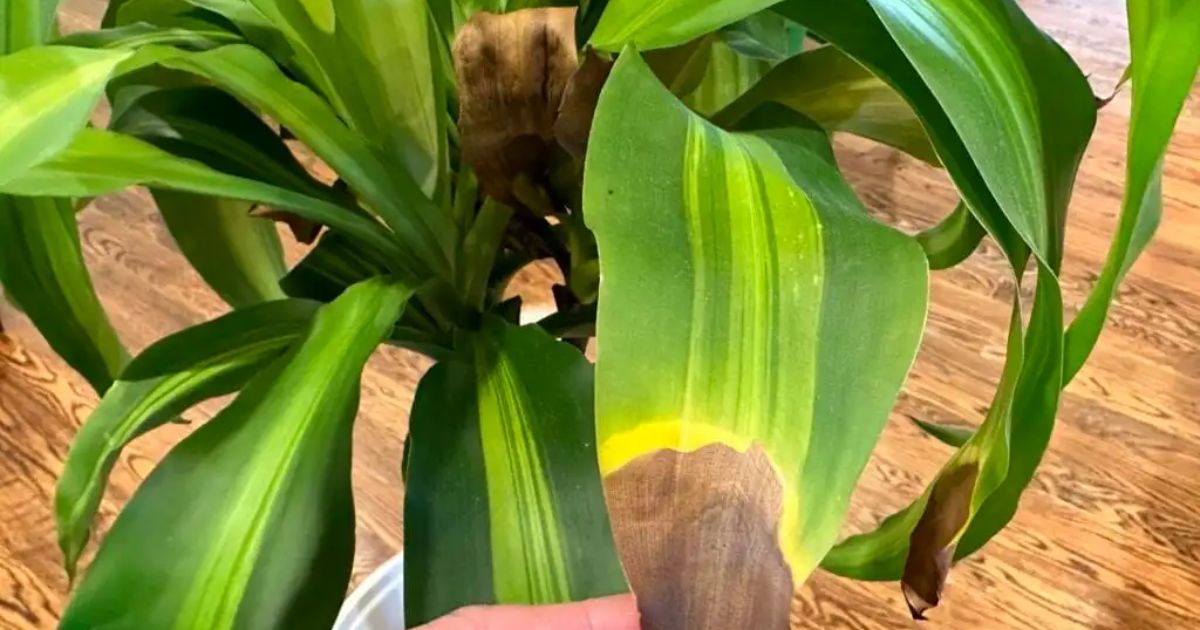Plants don’t grow alone; they have silent partners working beneath the soil to keep them healthy and thriving. One of the most important of these partners is the mycorrhizal fungi. Plant roots and these microscopic fungi have a symbiotic interaction. Creating a natural partnership that benefits both the plant and the fungus.Through this connection, plants gain better access to Water, and the fungi receive nutrients, while the plant produces sugars and other organic molecules. This relationship is especially crucial in nutrient-poor soils, where roots alone might struggle to gather enough minerals for optimal growth.
Understanding how mycorrhizal fungi and plant roots interact with plant roots is not only fascinating but also incredibly practical. This information can be used by farmers, gardeners, and anyone else interested in plant health to increase organic plant growth, reduce reliance on artificial fertilizers, and encourage stronger, healthier root systems.In this guide, we’ll explore what mycorrhizal fungi are, how they help plant roots thrive, and how you can encourage their presence in your garden for thriving, resilient plants.
What Are Mycorrhizal Fungi?
Mycorrhizal fungi are a special group of soil-dwelling fungi that develop favorable connections with the majority of plant roots. The term “mycorrhiza” comes from the Greek words “fungus” (myco) and “root” (rhiza), The Best Types of Flowers for Every Garden Style and Climate which perfectly describe their close association with plant roots.
Mycorrhizal fungi come in two primary varieties:
Endomycorrhiza (Arbuscular Mycorrhiza)
- Penetrates the root cells and forms tiny structures called arbuscules.
- Helps plants efficiently absorb phosphorus, nitrogen, and other nutrients.
- Common in vegetables, grasses, and many flowering plants.
Ectomycorrhiza
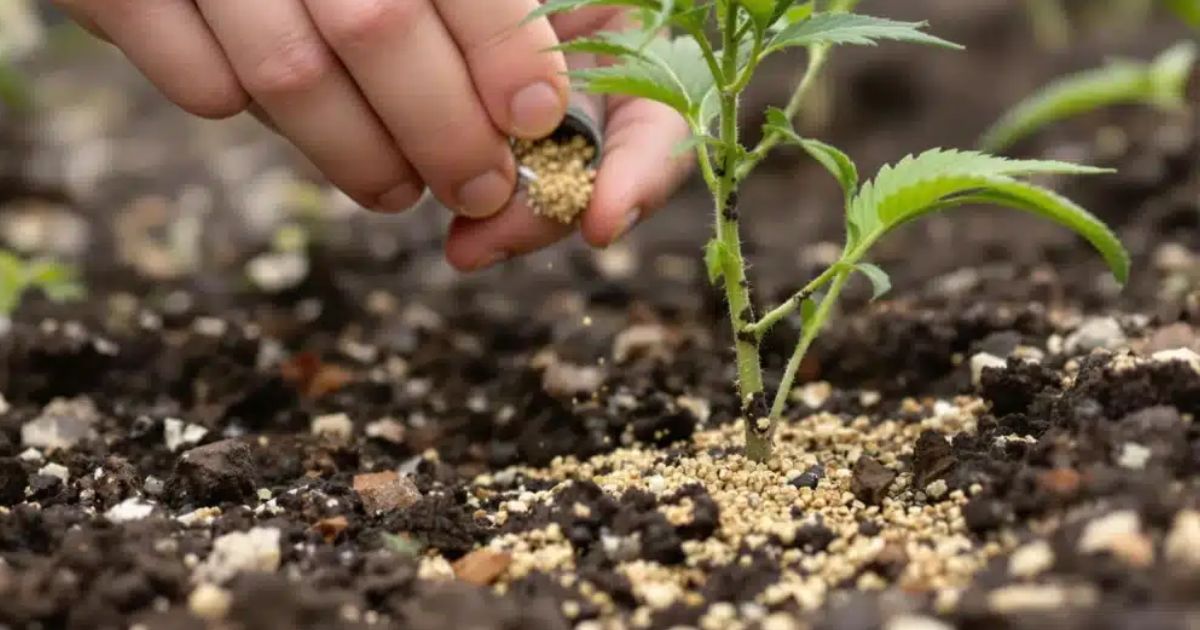
- Forms a sheath around the outside of the root and extends hyphae into the surrounding soil.
- Especially common in trees like pines, oaks, and birches.
- Improves water uptake and protects roots from harmful pathogens.
Mycorrhizal fungi function as extensions of the root system. Their thread-like hyphae spread far into the soil, reaching nutrients and Water that roots alone might not access. This natural partnership enhances plant growth, strengthens roots, and improves overall plant resilience.
In short, mycorrhizal fungi are nature’s underground helpers, forming a vital bridge between plants and soil nutrients.
How Mycorrhizal Fungi Form Partnerships with Roots
A well-known example of symbiosis, in which both organisms benefit from the relationship, is the interaction between a mycorrhizal fungus and plant roots. Fungi obtain their carbohydrates from plants. Produced through photosynthesis, the fungi supply the plants with Water, minerals, and nutrients that the roots alone might struggle to access.
The process begins when fungi for plants spores in the soil detect the presence of plant roots. The fungi then grow tiny, thread-like structures called hyphae, which either:
- Penetrate the root cells (in the case of arbuscular mycorrhiza) or
- Wrap around the root surface (in the case of ectomycorrhiza)
This connection creates an extensive underground network, How to Plant Trees: A Comprehensive Step-by-Step Guide often called the “wood wide web,” that can transport nutrients over long distances and even connect multiple plants. Through this network, plants gain access to essential minerals like phosphorus, nitrogen, and trace elements, while fungi receive a steady supply of sugars and other organic compounds.
Beyond nutrient exchange, this partnership also helps:
- Increase drought resistance, as fungal hyphae can absorb Water from soil pores that roots cannot reach.
- Protect roots from pathogens, as the fungi can act as a barrier against harmful microbes.
- Improve soil structure thanks to the binding effect of hyphae, which stabilize the soil around roots.
In essence, mycorrhizae in gardening extend the functional reach of roots, turning a simple root system into a highly efficient nutrient and water absorption network, allowing plants to thrive even in challenging environments.
Benefits of Mycorrhizal Fungi for Plant Roots
Mycorrhizal fungi offer numerous advantages to plants by forming a close partnership with their roots. These benefits extend beyond nutrient uptake; they also improve plants’ overall health, resilience, and productivity. Here’s a detailed look at how they help:
Enhanced Nutrient Uptake
- The reach of plant roots is much exceeded by fungal hyphae. Accessing nutrients like phosphorus, nitrogen, potassium, and trace minerals.
- This allows plants to absorb more nutrients efficiently, Soil Solarization in Raised Beds: How to Improve Soil Health Naturally especially in nutrient-poor soils.
Improved Water Absorption and Drought Resistance
- The extensive hyphal network absorbs Water from soil pores that roots cannot reach.
- Plants connected with mycorrhizal fungi can survive longer during dry periods, making them more resilient to drought.
Protection Against Soil-Borne Diseases
- Mycorrhizal fungi act as a natural barrier against harmful pathogens.
- They reduce the risk of root infections and enhance the plant’s immune response.
Stronger and Healthier Roots
- Fungal colonization stimulates root growth and branching.
- This results in a more extensive root system that supports plant stability and nutrient absorption.
Better Soil Structure
- Hyphae help bind soil particles together, improving aeration and water retention.
- Healthier soil promotes long-term plant growth and reduces erosion.
Increased Growth and Productivity
- Plants with mycorrhizal associations often grow faster, produce more leaves, flowers, and fruits, and recover better from stress.
In summary, mycorrhizal fungi act as natural enhancers for plant roots. 6 Common Causes deficiency of macronutrients in plants By improving nutrient access, water absorption, disease resistance, and overall root structure, they help plants thrive in almost any environment, plant root health making them an essential component of healthy gardens, farms, and natural ecosystems.
How to Promote Mycorrhizal Fungi in Your Garden
Encouraging mycorrhizal fungi in your garden can significantly improve plant health, growth, and resilience. These fungi naturally exist in healthy soils, but there are several steps you can take to support their presence and activity:
Use Mycorrhizal Inoculants
- Mycorrhizal inoculants are commercially available spores or granules that introduce beneficial fungi directly to the soil.
- They can be applied during planting or mixed into potting soil to help plants establish strong root-fungal connections.
Avoid Excessive Chemical Fertilizers and Fungicides
- Overuse of synthetic fertilizers, especially phosphorus-rich ones, can inhibit mycorrhizal growth.
- Fungicides may kill beneficial fungi along with harmful ones, so use them sparingly and only when necessary.
Add Organic Matter to the Soil
- Compost, mulch, and decayed plant material provide food for mycorrhizal fungi and other soil microbes.
Practice Crop Rotation and Plant Diversity
- Planting different crops and maintaining plant diversity encourages a variety of mycorrhizal fungi.
- Some plants, like legumes and grasses, support specific fungi that can benefit other plants in the garden.
Minimize Soil Disturbance
- Excessive tilling or digging can damage fungal networks.
- Use no-dig or low-disturbance gardening methods to preserve the existing mycorrhizal connections.
Choose Plants That Form Fungal Partnerships
- Most vegetables, flowers, and trees naturally form mycorrhizal associations.
- Avoid planting species that rarely interact with fungi if your goal is to maximize root benefits.
By following these steps, you can create a thriving underground ecosystem where mycorrhizal fungi help your plants grow stronger, healthier, and more resilient, naturally reducing the need for chemical fertilizers while boosting overall garden productivity.
Signs Your Plants Are Benefiting from Mycorrhizal Fungi

Once mycorrhizal fungi establish a strong partnership with your plants, you’ll start noticing visible improvements in growth, health, and resilience. Here are some key signs that indicate your plants are benefiting:
Vigorous Growth and Greener Leaves
- Plants with healthy fungal associations often display lusher foliage and more robust stems.
- Leaves may appear greener and healthier due to improved nutrient uptake, particularly nitrogen and phosphorus.
Stronger Root Systems
- Roots become more extensive and branched, allowing plants to anchor more effectively and absorb Water more efficiently.
- Digging around the plant may reveal denser, healthier roots compared to non-mycorrhizal plants.
Improved Flowering and Fruiting
- Mycorrhizal fungi enhance the plant’s overall energy and nutrient availability.
- As a result, flowering plants bloom more abundantly, and fruiting plants produce higher yields.
Better Drought Tolerance
- Plants can survive longer periods without Water.
- The fungal hyphae increase the effective root area, allowing plants to access Water in hard-to-reach soil pockets.
Resistance to Pests and Diseases
- Plants connected with fungi often show fewer signs of root rot or soil-borne infections.
- Fungi act as a natural protective layer, reducing the impact of pathogens.
Overall Health and Resilience
- Plants recover faster from stress, such as pruning, transplanting, or extreme weather.
- They appear more vibrant and robust compared to plants Why Is My Plant Turning Yellow and Brown without fungal partnerships.
Recognizing these signs helps gardeners understand the value of mycorrhizal fungi and encourages practices that maintain healthy fungal networks for long-term plant success.
Common Mistakes to Avoid
While mycorrhizal fungi are incredibly beneficial for plant roots, certain gardening practices can hinder their growth or damage their networks. Avoiding these mistakes ensures that your plants continue to thrive naturally:
Over-Fertilizing
- High nutrient levels make plants less reliant on fungal partners, weakening the symbiotic relationship.
- Excessive use of chemical fertilizers, especially phosphorus-rich ones, can reduce the fungi’s activity.
Overwatering or Poor Drainage
- Constantly waterlogged soil can suffocate fungal hyphae.
- Fungi thrive in well-drained soil with consistent moisture, not soggy conditions
Excessive Soil Disturbance
- Frequent digging, tilling, or root disturbance can break fungal networks.
- Minimal disturbance or no-dig gardening helps preserve What’s Wrong With My Plant these underground connections.
Using Broad-Spectrum Fungicides
- Fungicides may kill both harmful and beneficial fungi.
- Only use targeted treatments when essential to protect plants.
Ignoring Native Fungi
- Many soils already contain beneficial mycorrhizal fungi.
- Adding too many commercial inoculants or disturbing natural fungi populations can disrupt the balance.
Planting Non-Mycorrhizal Species Together Excessively

- Some plants do not form relationships with fungi.
- Planting too many of these species in a single area may reduce overall soil fungal activity.
Avoiding these errors will help you stay healthy. How to Identify Fungi That Grows on Trees Fungal networks that improve nutrient absorption, water uptake, and overall plant resilience, ensuring a thriving, natural garden ecosystem.
Conclusion
Mycorrhizal fungi are nature’s underground allies, forming a vital partnership with plant roots that enhances growth, nutrient uptake, and resilience. By extending their roots through extensive hyphal networks, these fungi allow plants to obtain nutrients and Water that would otherwise be unavailable. In return, the fungi receive essential sugars from the plant, creating a mutually beneficial relationship.
For gardeners and farmers, promoting mycorrhizal fungi in the soil is a natural way to boost plant health, increase drought tolerance, protect against soil-borne diseases, and improve overall productivity. Simple practices such as adding organic matter, minimizing soil disturbance, using inoculants when needed, and avoiding over-fertilization can go a long way toward supporting these beneficial organisms.In essence, healthy mycorrhizal networks lead to stronger roots, more vigorous plants, and a thriving garden ecosystem. By understanding and nurturing this underground partnership, you can support the sustainable, natural growth of your plants.
FAQ
Can all plants form relationships with mycorrhizal fungi?
Most plants benefit from mycorrhizal associations, but some species, like members of the Brassicaceae family (e.g., cabbage, broccoli), generally do not form these partnerships.
How do you apply mycorrhizal fungi to potted plants?
You can mix mycorrhizal inoculants into potting soil at planting time or sprinkle them around the root zone of established plants. Ensure the soil stays moist to support fungal growth.
How long does it take for plants to show benefits from mycorrhizal fungi?
It varies, but many plants show improved growth, healthier leaves, and stronger roots within a few weeks to a few months after inoculation, depending on soil conditions and plant type.
Are all fungi good for plant roots?
No, only certain beneficial fungi form symbiotic relationships with roots. Some fungi can be pathogenic and harm plants, so promoting the right fungi is key.
Can mycorrhizal fungi survive in poor or disturbed soil?
Yes, but their growth may be limited. Maintaining organic matter, avoiding over-fertilization, and minimizing soil disturbance help fungi survive and thrive even in less-than-ideal soil conditions.

